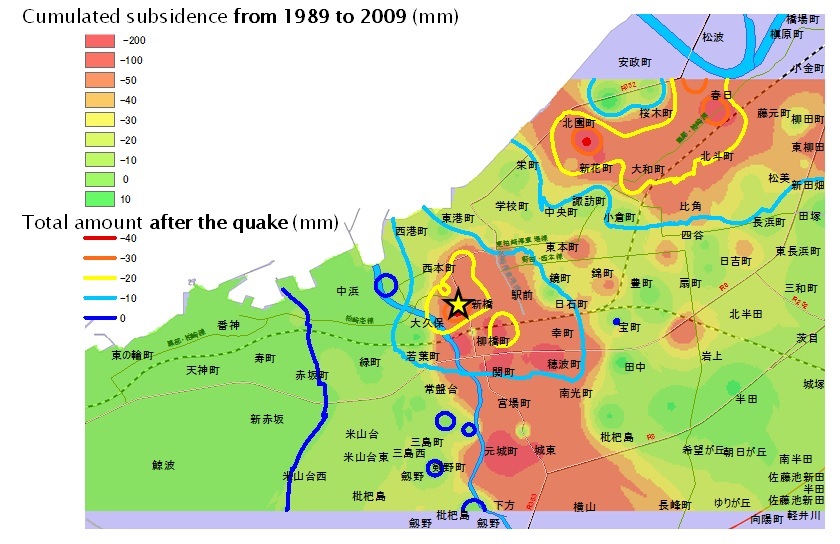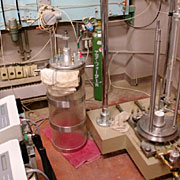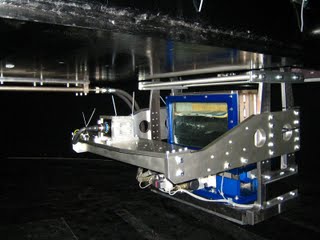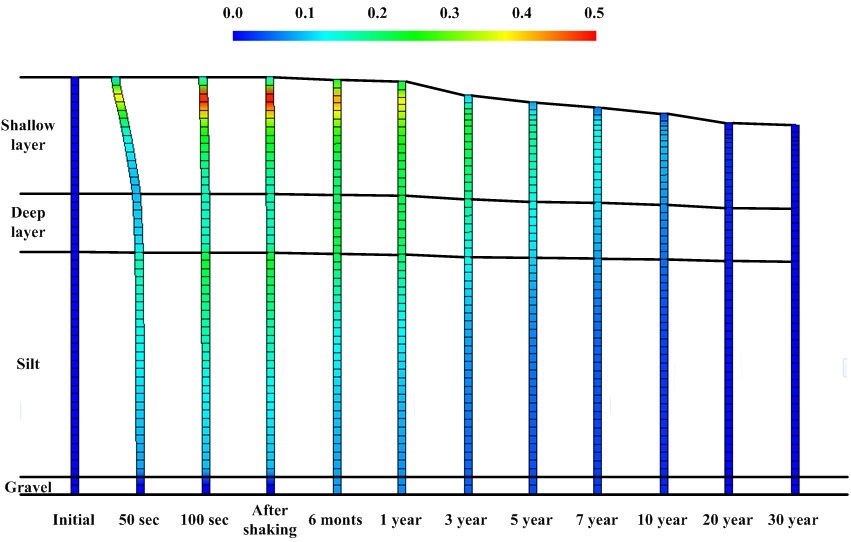Study on long-term subsidence of soft clay due to an earthquake
In 2007 Niigata Prefecture Chuetsu-Oki Earthquake, ground liquefaction was outstanding at the foot of sand dune and old river channel. On the other hand, no distinct disaster has been found at clayey ground after the earthquake. Long-term subsidence of ground after earthquake, however, has been observed at Shinbashi in Kashiwazaki city. In order to investigate the long-term subsidence mechanism, ground investigations as boring survey and indoor element tests for sampled soil were conducted in this study. As the results, the sampled soils were found very soft and relatively highly-structured.
In the second process, the subsidence behavior of ground was simulated by soil-water coupling elasto-plastic FE analysis. In the simulation, Cyclic Mobility model developed by Zhang et al. (2007), which contains the concept of subloading and superloading as described in the work by Hashiguchi and Ueno (1977) and Asaoka et al. (2002), is used for the constitutive model. Its parameters were determined based on the above-mentioned element test results. Based on the simulation results, the post-earthquake behavior of the soft clay and its mechanism were discussed and the successive subsidence was predicted forward.




